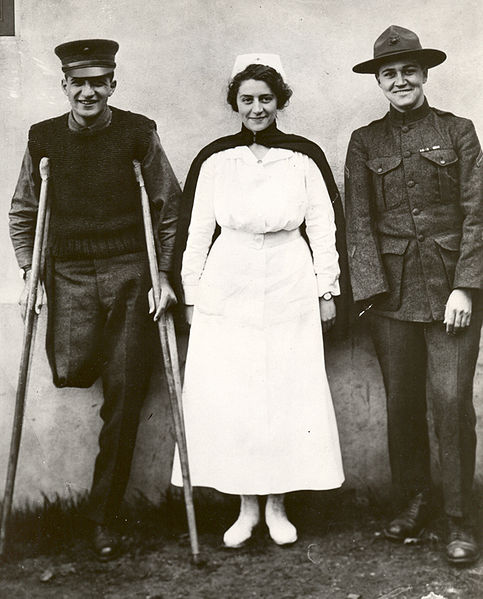A flight nurse is a registered nurse specializing in the field of providing comprehensive pre-hospital, emergency critical care, and hospital care to a vast scope of patients. The care of these patients is generally provided during aeromedical evacuation or rescue operations aboard helicopters, propeller aircraft, or jet aircraft. On board a rescue aircraft, is a flight nurse, accompanied by flight medics and respiratory practitioners, as well as the option of a flight physician for comprehensive emergency and critical transport teams. The inclusion of a flight physician is more common in pediatric and neonatal transport teams.
A critical care flight nurse must be able to deal with all age groups with broad critical emergencies. With no physicians on site, the nurses scope of practice is expanded. The critical care experience is transferred over to a flight nurse with impacting factors such as altitude and changes in pressure, gravitational forces, and weather. Some patients may experience exacerbations because of factors related to the cabin environment, including hypoxia, limited mobility, gas expansion, and the risk of injury related to turbulence. Resources for definitive care are limited. Aeromedical evacuation crews coordinate with other organizations to plan for the safe and timely care and evacuation of patients. Crews must be prepared for patients with trauma and mental health illnesses.

The first United States Navy flight nurse, Jane Kendeigh
United States Navy Nurse Corps
The United States Navy Nurse Corps was officially established by Congress in 1908; however, unofficially, women had been working as nurses aboard Navy ships and in Navy hospitals for nearly 100 years. The Corps was all-female until 1965.
Group photograph of the first twenty Navy nurses, appointed in 1908
USS Red Rover by F. Muller
Lenah H. Sutcliffe Higbee
Nurse Hazel Herringshaw and two Marine Corps patients, 1918





